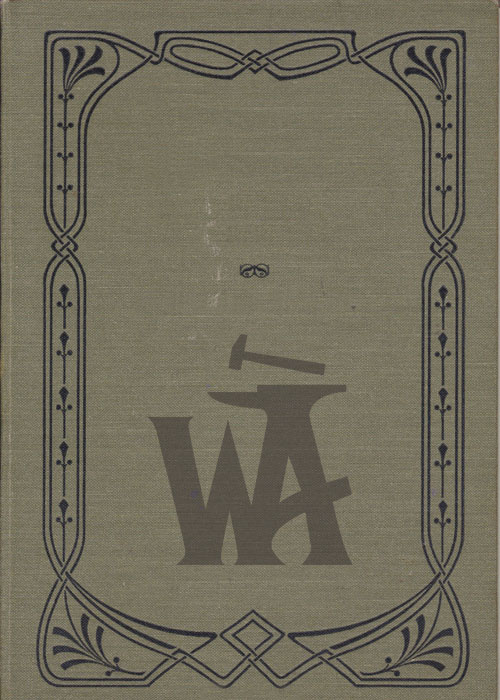First and foremost, this work is intended as a fair use challenge—not just to the Dungeons & Dragons canon, but to all systems that have inherited its assumptions. These include the social, racial, gendered, and binary biases deeply embedded in the mechanics and lore.
My relationship with RPGs, and D&D in particular, has always been complex. As a closeted gay teenager in rural Ontario in 1981, Advanced Dungeons & Dragons became my creative and social refuge. Through it, I could explore identities and possibilities that felt beyond reach in the real world. I devoured everything I could, especially the works of Gary Gygax—the architect of the rules and worlds we built upon.
Yet Gygax, despite his genius, never spoke about how his personal worldview shaped the system he created. A devoted Mormon and an actuary by trade, his approach was rooted in measurement, classification, and rigid binaries. The result is a game whose official lore reflects these structured, often exclusionary perspectives—whether consciously intended or not. And over time, those biases have persisted, unquestioned and reinforced.
This story directly challenges some of the most insidious aspects of D&D canon—particularly the portrayal of the dark elves: a race of women-led, chaotic, and evil beings, banished to the shadows, cast as monsters against the "civilized" world.
I expect challenges—legal, thematic, and philosophical. I welcome them. The tradition of storytelling, like the games we play, is meant to be examined, reshaped, and reclaimed.
Now, let’s begin.






